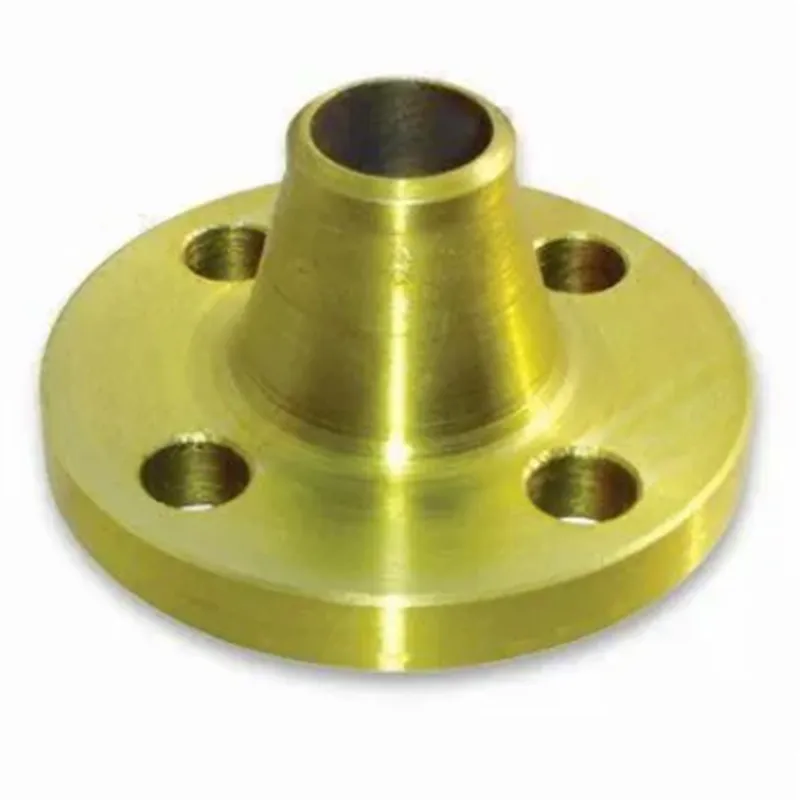-
Cangzhou Yulong Steel Co., Ltd.
-
Phone:
+86 13303177267 -
Email:
admin@ylsteelfittings.com
- English
- Arabic
- Italian
- Spanish
- Portuguese
- German
- kazakh
- Persian
- Greek
- French
- Russian
- Polish
- Thai
- Indonesian
- Vietnamese
- Zulu
- Korean
- Uzbek
- Hindi
- Serbian
- Malay
- Ukrainian
- Gujarati
- Haitian Creole
- hausa
- hawaiian
- Hebrew
- Miao
- Hungarian
- Icelandic
- igbo
- irish
- Japanese
- Javanese
- Kannada
- Khmer
- Rwandese
- Afrikaans
- Albanian
- Amharic
- Armenian
- Azerbaijani
- Basque
- Belarusian
- Bengali
- Bosnian
- Bulgarian
- Catalan
- Cebuano
- China
- China (Taiwan)
- Corsican
- Croatian
- Czech
- Danish
- Esperanto
- Estonian
- Finnish
- Frisian
- Galician
- Georgian
- Kurdish
- Kyrgyz
- Lao
- Latin
- Latvian
- Lithuanian
- Luxembourgish
- Macedonian
- Malgashi
- Malayalam
- Maltese
- Maori
- Marathi
- Mongolian
- Myanmar
- Nepali
- Norwegian
- Norwegian
- Occitan
- Pashto
- Dutch
- Punjabi
- Romanian
- Samoan
- Scottish Gaelic
- Sesotho
- Shona
- Sindhi
- Sinhala
- Slovak
- Slovenian
- Somali
- Sundanese
- Swahili
- Swedish
- Tagalog
- Tajik
- Tamil
- Tatar
- Telugu
- Turkish
- Turkmen
- Urdu
- Uighur
- Welsh
- Bantu
- Yiddish
- Yoruba

Dec . 13, 2024 09:04 Back to list
Overview of EN 1092-12005 Standard for Flanges and Their Specifications
Understanding EN 1092-12005 – A Comprehensive Overview
EN 1092-12005 is a widely acknowledged European standard that specifies the requirements for circular flanges for pipes, valves, pumps, and fittings. This standard is vital within the industrial sector, as it ensures safety, interoperability, and efficiency in various piping systems. By delving into the details of EN 1092-12005, we can better appreciate its significance and application in today’s engineering landscape.
Historical Context and Purpose
Introduced in 2005, EN 1092-12005 was developed by the European Committee for Standardization (CEN) to provide a unified standard for flanges across European countries. Flanges are crucial components in piping systems, acting as connectors that enable the joining of various piping elements. The establishment of this standard aimed to reduce discrepancies among member states regarding flange dimensions, mechanical properties, and testing methods.
Key Features of EN 1092-12005
One of the primary features of EN 1092-12005 is its comprehensive scope that covers various aspects of flange design and manufacture. Here are some significant elements included in the standard
1. Flange Types The standard identifies several types of flanges, including welded, screwed, and slip-on flanges. Each type has specific applications and benefits, depending on the operating conditions and system requirements.
2. Material Specifications EN 1092-12005 outlines the acceptable materials for flanges, ensuring they possess the necessary mechanical and chemical properties to withstand environmental stress, corrosion, and temperature variations. Common materials include carbon steel, stainless steel, and alloys.
3. Dimensions and Tolerances The standard provides detailed information on flange dimensions, including bolt hole patterns, outer diameter, and thickness. By adhering to these specifications, manufacturers can produce flanges that fit seamlessly into existing systems, reducing the risk of leaks and failures.
en1092 1 05

4. Testing Requirements To ensure reliability, the standard also stipulates various testing methods that flanges must undergo. These tests include pressure testing, mechanical testing, and non-destructive testing to verify their integrity and performance.
Benefits of Adhering to EN 1092-12005
The adoption of EN 1092-12005 offers several advantages for manufacturers, engineers, and end-users
1. Interoperability By following a standardized approach, different manufacturers can produce compatible components, allowing for seamless integration in various systems. This interoperability fosters competition and drives innovation within the industry.
2. Enhanced Safety The rigorous testing and material specifications mandated by the standard contribute to the overall safety of piping systems. By ensuring that flanges are robust and reliable, the likelihood of catastrophic failures is significantly reduced.
3. Regulatory Compliance For businesses operating within European markets, compliance with EN 1092-12005 is often a legal requirement. Adhering to the standard helps companies avoid potential legal issues and ensures their products are market-ready.
4. Quality Assurance By implementing the guidelines outlined in EN 1092-12005, manufacturers can ensure a consistent level of quality in their flange production. This leads to greater customer satisfaction and confidence in their products.
Conclusion
EN 1092-12005 is a cornerstone of industrial standards in Europe, providing essential guidelines for the design and manufacture of circular flanges. By promoting interoperability, safety, and compliance, it plays a crucial role in the efficiency and effectiveness of piping systems worldwide. As industries continue to evolve and grow in complexity, adherence to standardized practices like EN 1092-12005 will remain pivotal in ensuring the integrity and functionality of crucial engineering components. The impact of this standard is far-reaching, and its importance will only increase as the demand for reliable infrastructure in industries such as oil and gas, water treatment, and manufacturing continues to rise.
Latest news
-
ANSI 150P SS304 SO FLANGE
NewsFeb.14,2025
-
ASTM A333GR6 STEEL PIPE
NewsJan.20,2025
-
ANSI B16.5 WELDING NECK FLANGE
NewsJan.15,2026
-
ANSI B16.5 SLIP-ON FLANGE
NewsApr.19,2024
-
SABS 1123 FLANGE
NewsJan.15,2025
-
DIN86044 PLATE FLANGE
NewsApr.19,2024
-
DIN2527 BLIND FLANGE
NewsApr.12,2024
-
JIS B2311 Butt-Welding Fittings LR/SR 45°/90° /180°Seamless/Weld
NewsApr.23,2024











